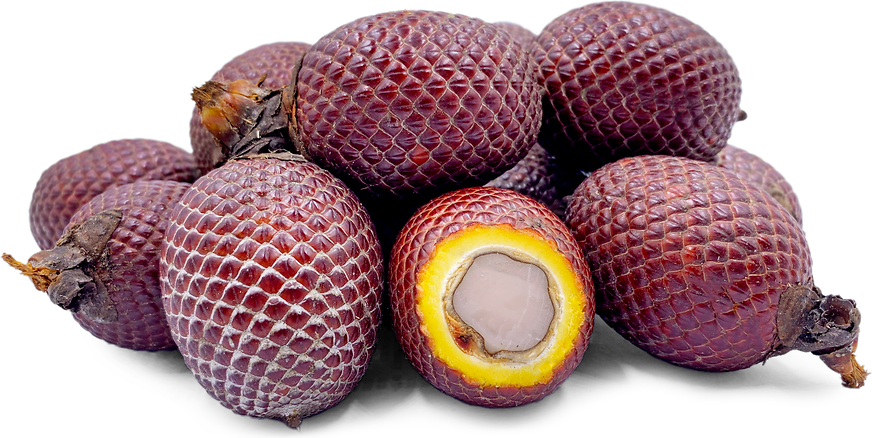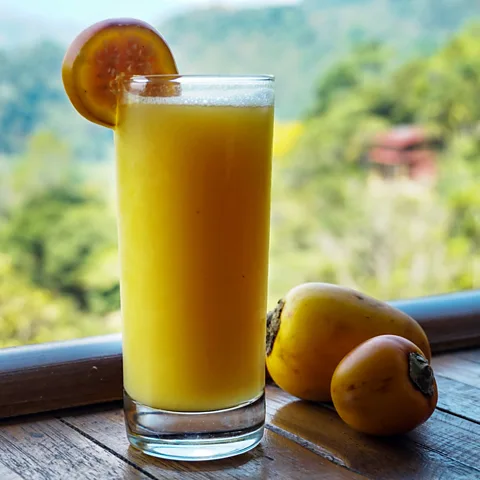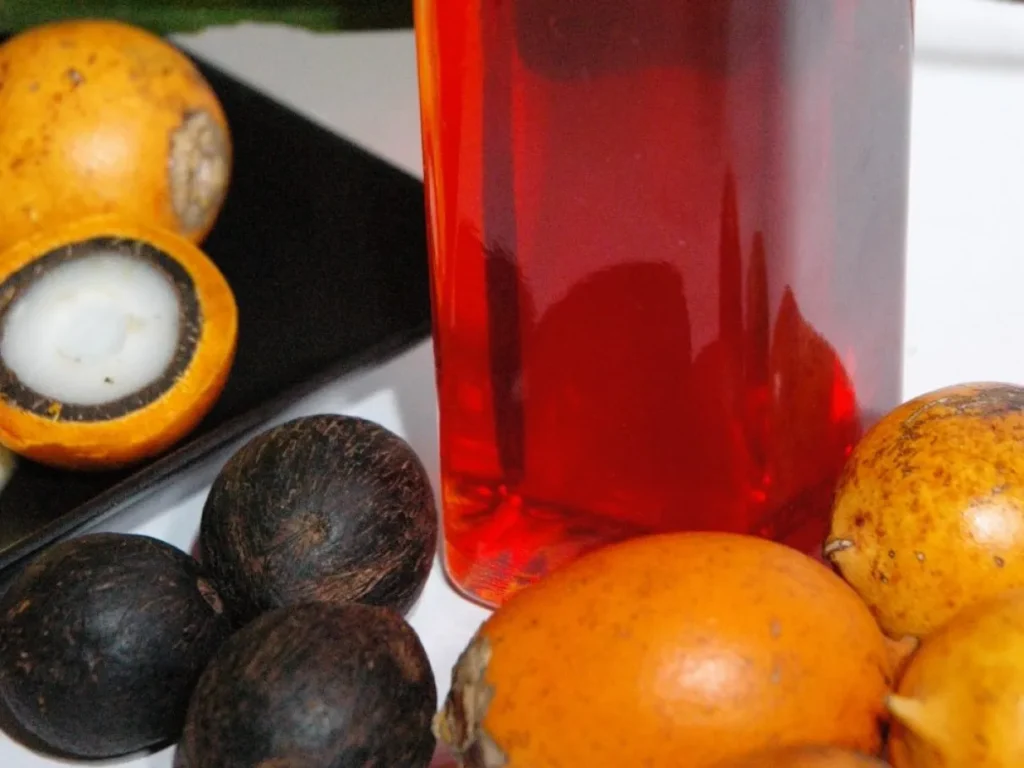Rare Juices in the Amazon – A Taste of the Rainforest’s Liquid Treasures
Rare juices in the Amazon offer a vibrant world of exotic fruit flavors far from mainstream smoothie chains and pre-packaged powders. Vendors pulp these wild juices just hours after harvest and serve them fresh. Found in the planet’s most biodiverse ecosystem, they provide not just nourishment but deep cultural value. With more than 220 edible fruit-bearing tree species, the Amazon is a juice lover’s paradise. Many of these botanical treasures remain unknown outside the jungle.

From the Peruvian highlands to the lush Brazilian floodplains, Amazonian markets overflow with vibrant and nutrient-rich juices. These tangy drinks have been enjoyed by locals for generations. Each of these eight rare Amazonian juices showcases the rainforest’s natural bounty. They are intensely flavorful, steeped in cultural history, and too delicate to export.
1. Aguaje: The Feminine Fruit of the Jungle
The aguaje fruit of the Moriche palm grows on the eastern slopes of the Andes, near Tingo Maria’s misty forests. This fruit is one of the many rare juices in the Amazon that locals cherish. Its reddish-brown, scale-like skin resembles an armadillo shell. After soaking and peeling, it reveals a bold, bright orange flesh. The resulting beverage, known as “aguajina,” is thick, custard-like, and reminiscent of a blend between pumpkin pie and flan.

Among the rare juices in the Amazon, aguaje stands out for its cultural significance and health benefits. Locals believe aguaje is especially beneficial for women’s health due to its supposed phytoestrogen content. While scientific evidence remains limited, sellers like Gianina Pujay, a respected aguajinera in Tingo Maria, firmly believe in its benefits. They say aguaje juice helps the skin, improves complexion, and strengthens bones.
2. Cocona: The Amazonian Tomato’s Zesty Cousin
Often compared to a tropical tomato, cocona delivers a surprising taste that fuses pineapple with papaya. Cocona grows in the same Peruvian region as aguaje. Its pulp is acidic and fibrous, so juice is the easiest and most enjoyable way to consume it. Its smooth yet oily texture and sharp tang make it stand out in juice stalls across the Amazon.

According to nutritionist Miluska Carrasco of Peru’s Instituto de Investigación Nutricional, cocona’s quick spoilage necessitates immediate juicing, helping to preserve both taste and nutrients.
3. Camu Camu: The Vitamin C Powerhouse
The camu camu fruit, no larger than a cherry, is one of the most prized rare juices in the Amazon. It hides an astonishing amount of vitamin C—over 2,000mg per 100g, far surpassing the modest 6mg found in an orange. Found along the Ucayali River in the Peruvian Amazon, especially in the city of Pucallpa, this sour plum-like fruit offers a tart yet refreshing flavor with hints of strawberry and peach.

Because of its short harvest season from January to March, fresh camu camu juice is a highly sought-after commodity among those who appreciate the rare juices in the Amazon. Locals enjoy drinking it as juice or eating the fruit raw with salt, carefully discarding the seeds..
4. Tucumã: The Nutty Amazonian Superfruit
In Brazil’s Amazonas state, the fibrous orange fruit of the tucumã palm makes for a gritty, nutrient-rich juice with a slightly nutty flavour. From February through August, this fruit dominates regional breakfast tables, often consumed with cassava flour or featured in the famous x-caboquinho sandwich alongside coalho cheese and fried plantains.

Processing tucumã into juice requires peelers and sieves to remove the coarse fibres. According to Francisco Falcão of Bom Jesus village in the Tefé National Forest, the fruit is highly praised for its benefits to skin and eyesight—owing to high concentrations of calcium and manganese.
5. Pupunha: The Palm Fruit of Celebration
Known in various Amazonian regions as pejibaye or pijuayo, pupunha is an acorn-shaped palm fruit that cannot be consumed raw. It’s typically boiled and served as a snack, akin to a dense, oily sweet potato. In the Tefé region, the fruit is also processed into a smooth orange juice, thick in texture and rich in vitamin B1 and E.

During the harvest season between December and February, pupunha takes centre stage in community celebrations. In Peru, the fermented version known as chicha or masato is used in traditional rituals and festivals.
6. Cupuaçu: The Creamy Cousin of Cacao
Cupuaçu is perhaps one of the Amazon’s best-kept secrets, a fruit related to cacao but with a creamy, tangy flavour profile reminiscent of pineapple mixed with chocolate. Common in Manaus and throughout the northern Amazon, cupuaçu pulp is now finding its way into juices, ice creams, and even a type of chocolate called cupulate.

Daniel Tregidgo of the Mamirauá Institute sees cupuaçu as a potential ethical commodity for the future, though challenges in exporting it sustainably persist. For now, its rich, silky juice remains a local treasure.
7. Jenipapo: The Fruit That Paints and Nourishes
Known for its use as a natural blue dye and body paint, jenipapo also makes a delicious juice with a flavour reminiscent of dried apricots. Commonly found in the Amazon delta and along Brazil’s coast, this yellow-fleshed fruit is high in vitamin B1 and zinc.

Aside from fresh juice, jenipapo is enjoyed as “licor de jenipapo”—an artisanal liqueur infused into cachaça and sipped in traditional Brazilian bars known as botecos.
8. Açaí: One of the Most Beloved Rare Juices in the Amazon and the Original Jungle Superfood
Globally recognised yet often misunderstood, açaí in the Amazon is a far cry from the sugar-laden bowls found abroad. With seven distinct species across Brazil, including juçara and açaí-do-Pará, the authentic pulp is extracted with pneumatic presses and sold in bags at Belém’s markets.

Consumed as a thick, purplish puree, locals eat it straight from bowls like a cold gazpacho. Rich in antioxidants and deeply embedded in Amazonian diets, true açaí is a cultural staple long before it became a wellness fad.
Sipping the Spirit of the Forest: Exploring Rare Juices in the Amazon
Each of these eight rare Amazonian juices represents more than just refreshment—they encapsulate traditions, ecosystems, and health practices rooted in generations of forest knowledge. To taste these juices is to experience the biodiversity of the rainforest in its purest, most ephemeral form. Whether you’re an adventurer, a culinary enthusiast, or a cultural explorer, the Amazon offers a juice journey unlike any other.
So next time you travel the mighty Amazon River or visit a jungle market, skip the bottled sodas. Instead, sip a cup of aguajina, taste the zing of camu camu, or relish a spoonful of wild açaí—and let the rainforest speak to you in its own vibrant language.





I’m often to blogging and i really appreciate your content. The article has actually peaks my interest. I’m going to bookmark your web site and maintain checking for brand spanking new information.
There is definately a lot to find out about this subject. I like all the points you made